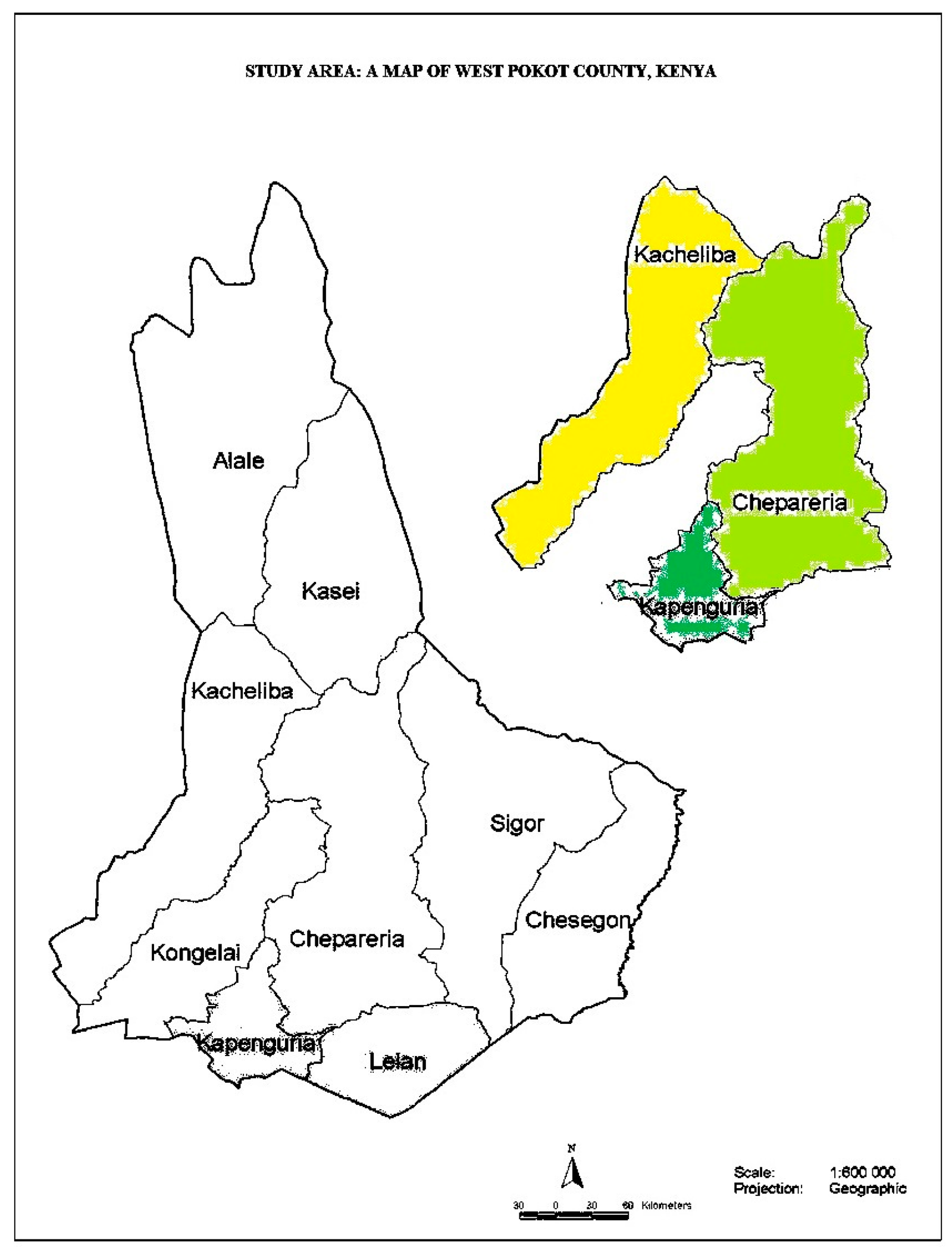You’ve stumbled upon a hidden gem in the heart of Kenya – West Pokot County. Nestled amidst the stunning landscapes of the Rift Valley, this enchanting county boasts a rich cultural heritage and breathtaking natural wonders. From the towering peaks of Mt. Poi, where adventure seekers can test their limits, to the lush greenery of Saiwa Swamp National Park, home to rare and endangered Sitatungas, West Pokot County offers an immersive experience like no other. Prepare to be captivated by the warm hospitality of the locals, indulge in mouthwatering traditional cuisine, and immerse yourself in the vibrant tapestry of this lesser-known paradise. Your adventure awaits in West Pokot County!
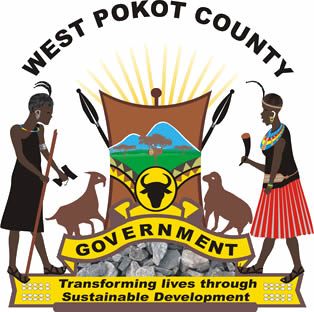
This image is property of www.crwflags.com.
Geography
Location
West Pokot County is located in the Rift Valley region of Kenya, situated in the western part of the country. It borders Uganda to the west, Elgeyo-Marakwet County to the east, Turkana County to the north, and Trans-Nzoia County to the south.
Topography
The topography of West Pokot County is predominantly characterized by the presence of hills and valleys. The county is mainly situated in the Rift Valley, with the Cherangani Hills forming a significant portion of its landscape. These hills offer breathtaking views of the surrounding areas and serve as a natural landmark. Additionally, the county is marked by several rivers, including the Turkwel River, which provide water for both domestic and agricultural use.
Climate
West Pokot County experiences a semi-arid climate, with relatively low rainfall throughout the year. The region generally receives most of its rainfall between the months of March and October, with the dry season extending from November to February. The average annual temperature ranges from 25 to 30 degrees Celsius, making it a warm and suitable environment for various economic activities.
History
Early Settlement
The history of West Pokot County can be traced back to early human settlement. The county is home to the Pokot people, who are believed to have migrated to the region centuries ago. These early settlers were predominantly pastoralists, relying on livestock rearing as their primary source of livelihood.
Colonial Period
During the colonial period, West Pokot County, like the rest of Kenya, came under the control of the British Empire. The region was mainly utilized for agriculture, with large-scale farms being established by European settlers. Unfortunately, the colonial era also witnessed the displacement of the Pokot people from their ancestral lands, leading to numerous conflicts and tensions.
Post-Independence
After gaining independence from colonial rule in 1963, Kenya embarked on a journey towards nation-building and development. West Pokot County experienced significant changes, as the government recognized the importance of addressing historical injustices and empowering marginalized communities. Efforts were made to improve infrastructure, education, healthcare, and overall standard of living for the residents of West Pokot County.
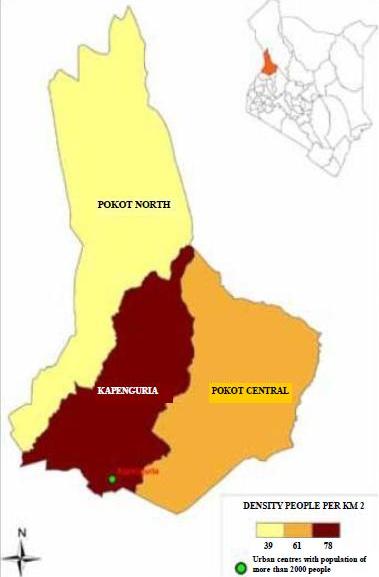
This image is property of opencounty.org.
Demographics
Population
The population of West Pokot County stands at approximately 724,200 people according to the 2019 census. The county’s population growth rate is relatively high, due to factors such as high birth rates and rural-urban migration.
Ethnic Groups
The main ethnic group in West Pokot County is the Pokot community, who are known for their rich cultural heritage and traditional practices. The county also boasts a diverse population, with smaller communities such as the Turkana, Marakwet, and Samburu residing in various parts of the region.
Languages
The primary language spoken in West Pokot County is Pokot, which belongs to the Kalenjin language family. However, Swahili and English are also widely spoken, serving as the languages of trade, education, and communication within the county.
Economy
Agriculture
Agriculture plays a vital role in the economy of West Pokot County, employing a significant portion of the population. The region is suitable for farming, with crops such as maize, beans, sorghum, and millet being cultivated. The county’s agricultural sector also benefits from the fertile soils found in the Cherangani Hills, enabling the production of high-quality fruits and vegetables.
Livestock
The county is renowned for its extensive livestock rearing, with communities heavily reliant on cattle, goats, and sheep. Livestock serves as a source of income, food, and social status for many residents of West Pokot County. The region also boasts a robust traditional knowledge of animal husbandry, passed down through generations.
Mining
West Pokot County has significant mineral deposits, particularly in the Kitale area, which is known for its abundant limestone and granite resources. These minerals play a crucial role in the construction industry, providing materials for the production of cement and other building materials.
Tourism
West Pokot County is gradually emerging as a tourist destination, attracting visitors with its natural beauty and cultural heritage. The county offers opportunities for hiking, wildlife observation, and exploration of rock art sites. Mount Elgon, Wei Wei Game Reserve, and Chepareria Rock Art are among the notable tourist attractions that showcase the diverse offerings of the region.
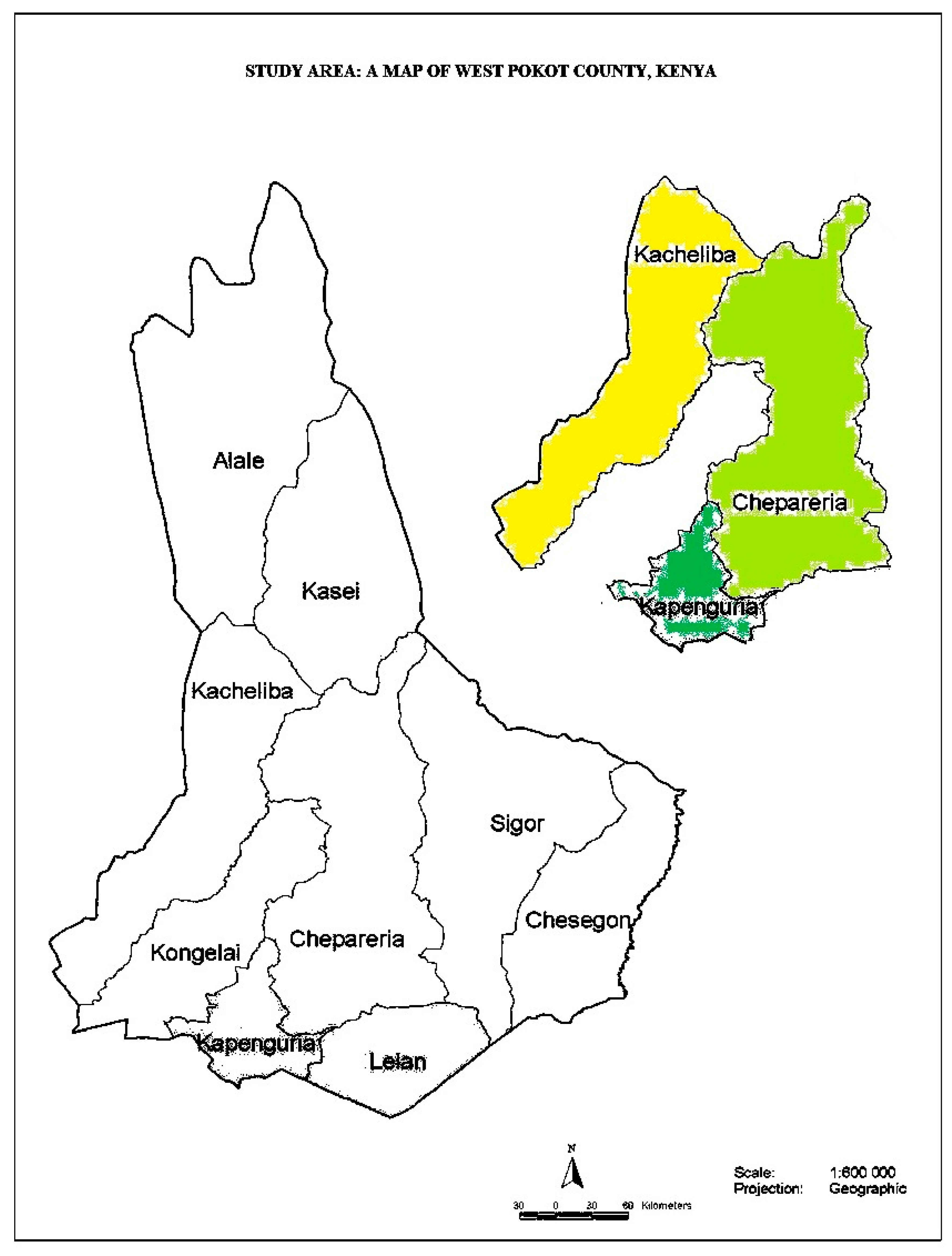
This image is property of pub.mdpi-res.com.
Administration
Governor
The current governor of West Pokot County is Prof. John Lonyangapuo. Since assuming office, Governor Lonyangapuo has been instrumental in implementing various development projects aimed at improving the lives of the residents. His administration has focused on enhancing infrastructure, healthcare, education, and fostering overall socio-economic growth.
Members of County Assembly
West Pokot County’s legislative body is the County Assembly, comprising elected Members of County Assembly (MCAs) representing the various constituencies within the county. These MCAs play a vital role in shaping and implementing policies that address the unique needs and aspirations of the people of West Pokot County.
Sub-Counties
West Pokot County is divided into five sub-counties for administrative purposes. These sub-counties are Sigor, Kacheliba, Pokot South, Pokot Central, and Pokot North. The existence of sub-counties enables effective governance and facilitates the allocation of resources to different regions within the county.
Infrastructure
Roads
The road network in West Pokot County is continuously being improved to enhance connectivity between different areas and promote economic development. The county government, in collaboration with the national government, has embarked on road construction projects to ensure the smooth movement of people and goods within and outside the county.
Health Facilities
Access to quality healthcare services is essential for the well-being of the residents of West Pokot County. Efforts have been made to upgrade and expand existing health facilities and construct new ones, particularly in remote areas. This initiative ensures that residents can access medical care closer to their homes, reducing the need for long and arduous journeys to reach healthcare facilities.
Education
The government of West Pokot County recognizes that education is a fundamental right and a key driver of development. Efforts have been made to improve the quality of education by building and renovating schools, providing teaching resources, and promoting teacher training. Additionally, scholarships and bursaries are offered to support students from disadvantaged backgrounds in their pursuit of education.
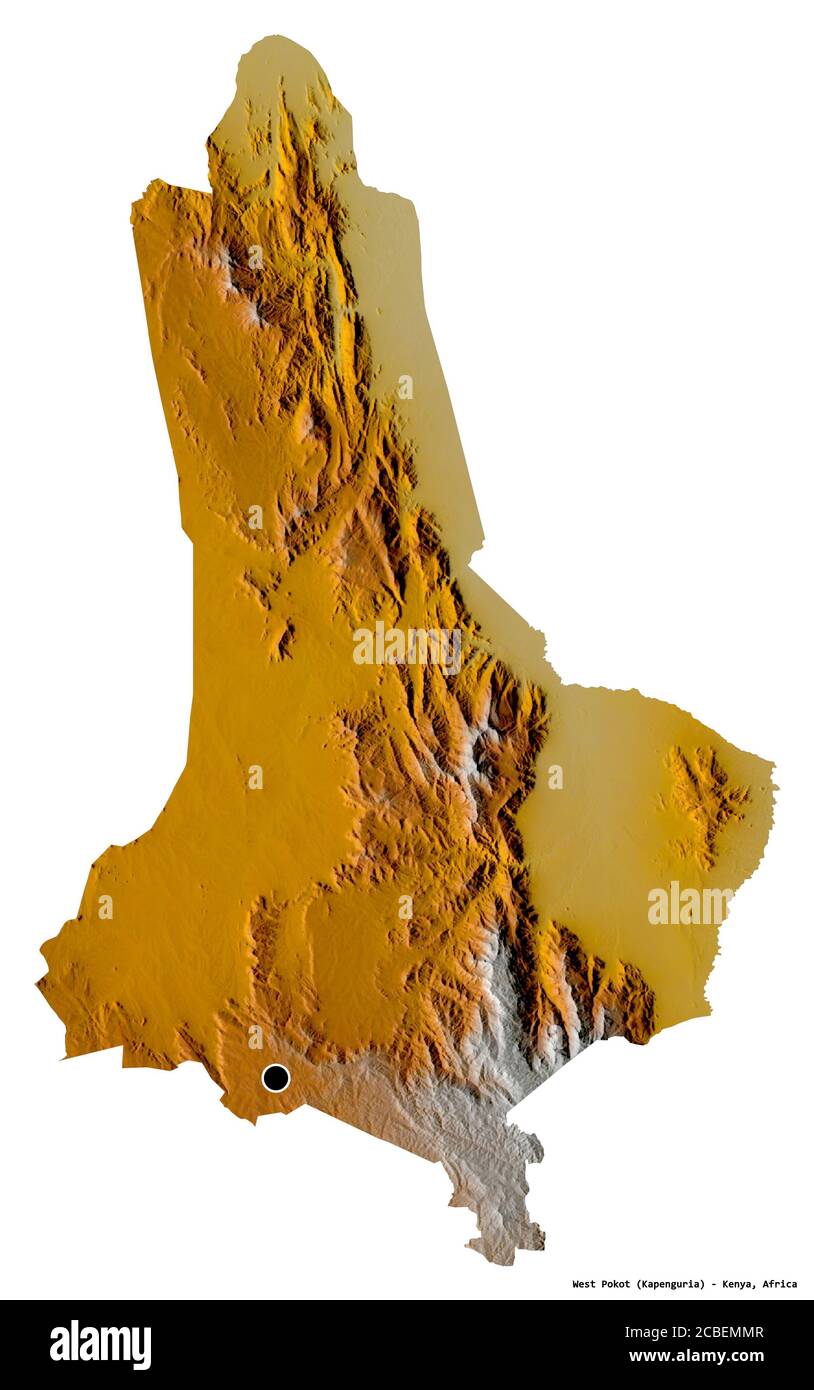
This image is property of c8.alamy.com.
Culture
Traditional Practices
West Pokot County is rich in cultural heritage, with the Pokot people preserving their traditional practices and rituals. Traditional ceremonies such as initiation rites and cattle rustling rituals are still observed and play a significant role in the community’s social fabric.
Music and Dance
Music and dance are essential components of the Pokot culture, serving as a form of entertainment and communication. Traditional instruments, such as the lorot and nkedi, are used to create rhythm and accompany melodic songs. Traditional dances showcase the vibrant attire, energetic moves, and cultural expressions of the Pokot people.
Festivals
The Pokot people celebrate various festivals throughout the year, providing an opportunity to showcase their traditions and customs. The Kapenguria Cultural Festival and the Tachasis Festival are among the notable events that attract both locals and tourists, promoting cultural exchange and understanding.
Tourist Attractions
Mount Elgon
Mount Elgon, situated along the border of Kenya and Uganda, is a major tourist attraction in West Pokot County. The mountain offers breathtaking views, opportunities for hiking, and exploration of caves and waterfalls. Mount Elgon National Park is home to unique flora and fauna, making it a haven for nature lovers and adventure seekers.
Wei Wei Game Reserve
The Wei Wei Game Reserve, located in the northern part of West Pokot County, is a sanctuary for wildlife. Visitors can enjoy game drives and spot a variety of animals, including elephants, giraffes, zebras, and various antelope species. The reserve also provides an opportunity for birdwatching, with numerous bird species found in the area.
Chepareria Rock Art
The Chepareria Rock Art is a significant cultural site in West Pokot County, showcasing ancient rock paintings dating back thousands of years. These paintings depict the daily lives, rituals, and beliefs of the indigenous communities, providing valuable insights into the region’s rich cultural heritage.
This image is property of kenya.unfpa.org.
Challenges
Lack of Infrastructure
One of the major challenges facing West Pokot County is the lack of adequate infrastructure. Limited access to reliable roads, electricity, and water supply hinders economic development and affects the overall quality of life for the residents. Efforts are being made to address these shortcomings and improve infrastructure in the county.
Poverty
Poverty remains a significant concern in West Pokot County, with a considerable portion of the population living below the poverty line. High levels of unemployment, limited access to education and healthcare, and reliance on subsistence farming contribute to the prevailing poverty levels. The county government, in collaboration with various stakeholders, is implementing poverty alleviation programs to uplift the living standards of the people.
Tribal Conflicts
Tribal conflicts and tensions occasionally arise in West Pokot County, mainly fueled by competition over resources and historical grievances. These conflicts pose a challenge to peaceful coexistence and hinder social and economic progress. Efforts are being made to promote dialogue, reconciliation, and community cohesion to address these tribal conflicts.
Future Development
Investment Opportunities
West Pokot County presents numerous investment opportunities across various sectors. The rich agricultural potential, mineral resources, and growing tourism industry provide avenues for investment and economic growth. The county government is actively encouraging both local and foreign investors to explore these opportunities and contribute to the development of the region.
Infrastructure Projects
To overcome the challenges of inadequate infrastructure, the county government has initiated various infrastructure projects. These projects include the construction and rehabilitation of roads, electrification programs, and water supply expansion. The completion of these projects will enhance connectivity, facilitate trade, and improve the overall standard of living for the residents.
Education and Health Initiatives
The government of West Pokot County places great importance on education and health. Initiatives are being implemented to promote access to quality education, including the establishment of new schools, provision of learning resources, and scholarships. Healthcare services are also being expanded and improved through the construction and equipping of health facilities, as well as the recruitment and training of healthcare professionals.
In conclusion, West Pokot County offers a unique blend of natural beauty, cultural heritage, and investment opportunities. As efforts continue to address the challenges and promote development, the county has the potential to become a vibrant and prosperous region. With its rich history, diverse demographics, and commitment to growth, West Pokot County welcomes visitors and investors to explore all that it has to offer.

